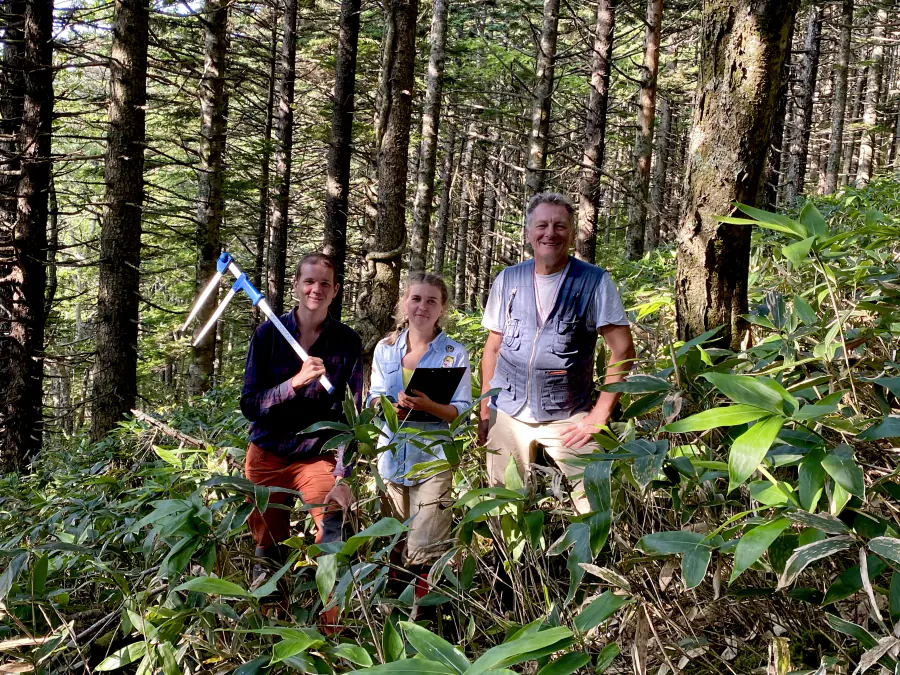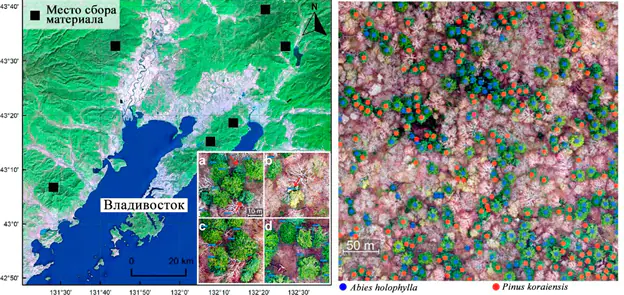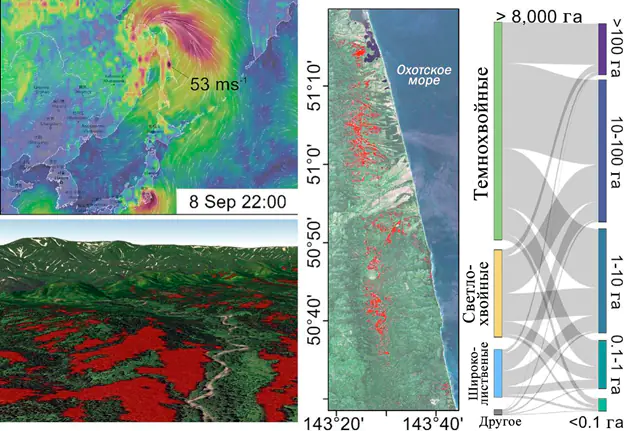Geobotany Laboratory
Pavel Vitalyevich Krestov

We study the vegetation cover in all its manifestations on a scale from local to global and the factors that determine its development and evolution. We use a whole range of approaches for this: from classical (many geobotanical descriptions - ordination - classification - bioclimatic modeling) to the avant-garde (big data, new computing systems, deep machine learning, neural networks, a lot of Earth remote sensing materials). We try to extract information about the state and development of terrestrial ecosystems from soil samples, age cores, huge sample areas, spectral responses and patterns. Significant results were obtained in the fields of vegetation diversity research, bioclimatic modeling, SDM, reconstruction of tropical cyclone activity based on historical violations of stands, automatic identification of different types of violations and tree species from ultra-high resolution images. Join us.
- SDM
- Bioclimatic modeling
- Dendrochronology
- Machine learning
- Neural networks
- Ordination and classification of vegetation
- Geobotanical description
Research directions
Modeling the distribution of economically important tree species

Machine identification of tree species based on ultra-high resolution remote sensing materials

Reconstruction of the history of the impact of typhoons (tropical cyclones) on the forest ecosystems of the temperate and boreal zones






